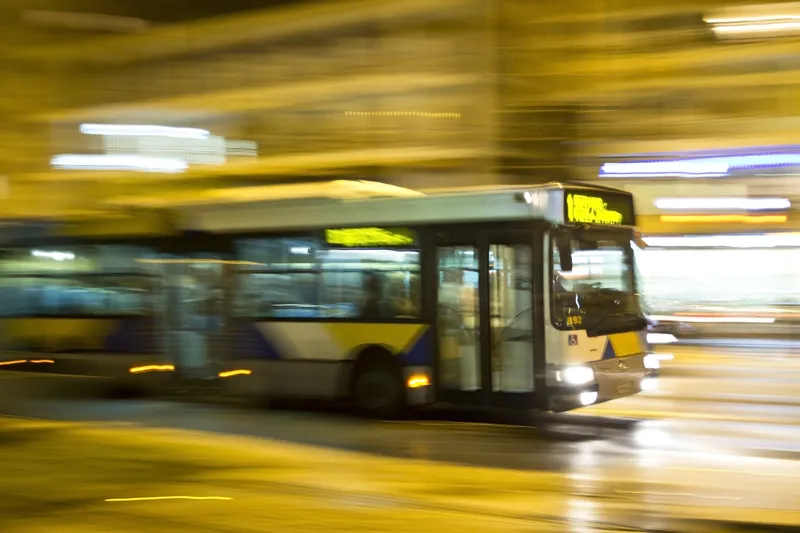According to a December 2015 report from American Association of State Highway and Transportation officials, converting from high occupancy vehicle (HOV) to Express Lanes (HOT) benefits transit. Across the US, transit ridership and speeds increase when HOV goes HOT.
Data from major cities that converted to Express Lanes show positive results, such as Miami, where 53 per cent of passengers said tolling affected their decision to use transit. Average bus travel increased from 18 to 55 mph on the I-95 E
February 4, 2016
Read time: 2 mins
According to a December 2015 report from 4944 American Association of State Highway and Transportation officials, converting from high occupancy vehicle (HOV) to Express Lanes (HOT) benefits transit. Across the US, transit ridership and speeds increase when HOV goes HOT.
Data from major cities that converted to Express Lanes show positive results, such as Miami, where 53 per cent of passengers said tolling affected their decision to use transit. Average bus travel increased from 18 to 55 mph on the I-95 Express Lanes and average weekday ridership increased 57 per cent from 2008-2010 to August 2011, while travel time decreased from 25 to eight minutes.
In Miami, average bus travel speed increased from 18 to 55 mph and travel time decreased from 25 to 8 minutes. Average weekday passengers increased 57 per cent from 2008-2010 to August 2011.
On-time performance increased for bus rapid transit on I-110 Metro ExpressLanes in Los Angeles, while average daily peak period passengers increased by 52 per cent in the morning peak and 41 per cent in the evening peak after USDOT-funded service was added. Passengers increased again by 29 per cent in the morning peak and 25 per cent in the evening peak after tolling began.
Bus speeds in Minneapolis increased and bus travel times decreased after I-35W converted to HOT lanes.
Critically, across these cities on average, one third of new transit riders previously drove alone.
Data from major cities that converted to Express Lanes show positive results, such as Miami, where 53 per cent of passengers said tolling affected their decision to use transit. Average bus travel increased from 18 to 55 mph on the I-95 Express Lanes and average weekday ridership increased 57 per cent from 2008-2010 to August 2011, while travel time decreased from 25 to eight minutes.
In Miami, average bus travel speed increased from 18 to 55 mph and travel time decreased from 25 to 8 minutes. Average weekday passengers increased 57 per cent from 2008-2010 to August 2011.
On-time performance increased for bus rapid transit on I-110 Metro ExpressLanes in Los Angeles, while average daily peak period passengers increased by 52 per cent in the morning peak and 41 per cent in the evening peak after USDOT-funded service was added. Passengers increased again by 29 per cent in the morning peak and 25 per cent in the evening peak after tolling began.
Bus speeds in Minneapolis increased and bus travel times decreased after I-35W converted to HOT lanes.
Critically, across these cities on average, one third of new transit riders previously drove alone.








